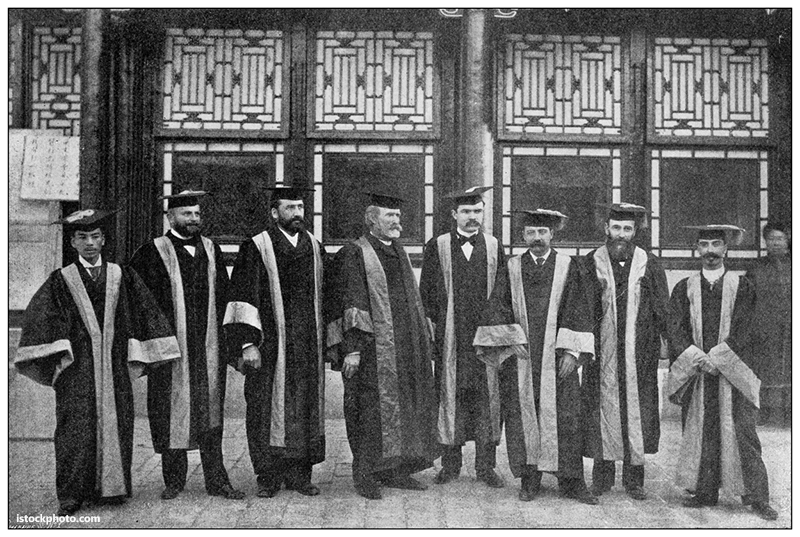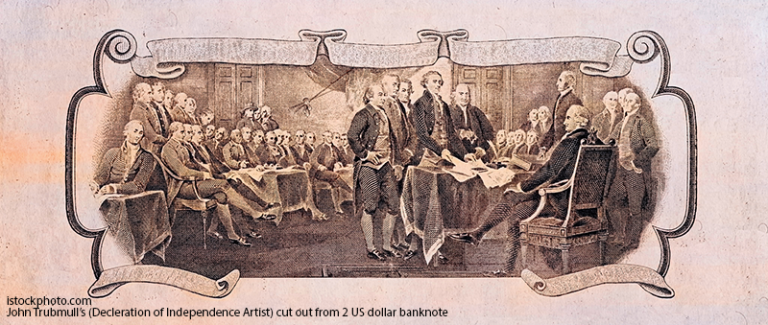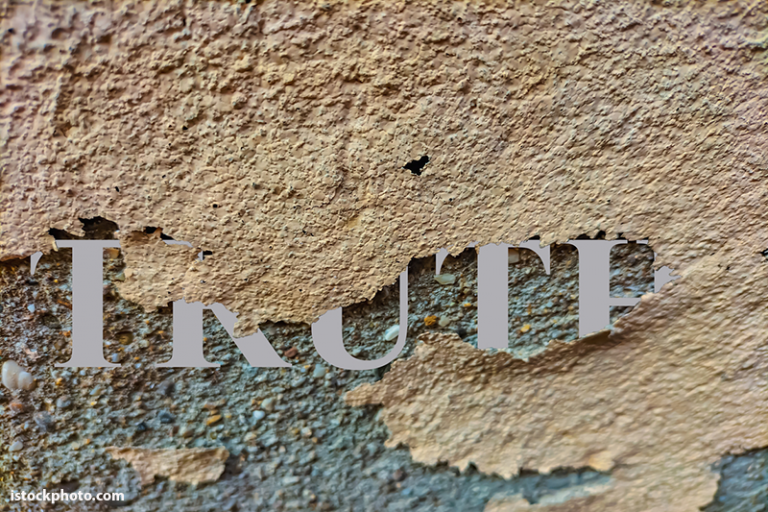
Many factors cause elitism in higher education. Prestige is rewarded by exclusivity. National rankings of universities favor high admissions rejection rates, high spending per student and high percentages of alumni giving. These perspectives cause some schools to manage admissions “yield,” chase full-paying applicants and prize selectivity over service. The scarcity of the rankings loop is most troubling in public universities as public expenditures, federal and state, for higher education total hundreds of billions of dollars, as reported by Denise-Marie Ordway. There is no room for exclusivity in public higher education. Some admissions filters amplify the value of advantage. Legacy and donor preferences, early decision, heavy weight on standardized tests and recruitment patterns that over-sample affluent schools all tilt the pool.
Pricing and financial aid strategy also slant perspective and drive prestige, whether earned or not. High sticker price, merit discounts for already-advantaged students, limited need-based aid, hidden housing costs, unpaid internships and study abroad create gates and fences for those unable to participate. Endowment and donor dependence concentrate on wealth that can steer priorities through facilities and niche programs, subtly shaping who the institution tries to impress.
Faculty pipeline closure through hiring and PhD credentialing concentrated in small doctoral programs narrows intellectual and social diversity among faculty, reinforcing status norms, cultural capital and “fit.” Expectations about speech, dress, extracurricular activities and social networks reward students who already know the hidden curriculum. Faculty and leadership pedigrees are clustered in a handful of institutions. Nature reports that 80% of the tenure-track faculty at PhD degree-granting universities come from 20% of the universities. One in eight hires got their PhDs from just five schools: the University of California, Berkeley; Harvard University; the University of Michigan; Stanford University; and the University of Wisconsin–Madison. “It’s not surprising, but it is jarring,” says social scientist Leslie Gonzales. This might create a genuine impression, a potential reality, or a sense of exclusivity. Exclusivity is revealed in the falling number of Pell-grant/first-generation students admitted despite rising applications, the high net price for low-income students, widespread unpaid experiential learning and the wealth and exclusive clubs segment of social life.
The National Opinion Research Center (NORC) at the University of Chicago reviewed ranking systems in September 2024, providing insight into these observations. This independent methodological review of college rankings, including U.S. News, Wall Street Journal and Forbes, sheds light on validity problems. Researchers noted a recent shift toward weighting outcomes like selectivity, explaining why rankings can distort institutional behavior.
An IDEAS analysis of Harvard’s admissions records shows advantages for applicants who are athletes, legacies, dean’s interest list and children of staff/faculty, many of whom would not have been accepted without the preference. In a National Bureau of Economic Research Working Paper, Raj Chetty provides new multi-institution evidence that students from top 1% income families are many times more likely to be admitted to “Ivy-Plus” colleges than equally qualified non-legacy peers. This is not to say that various kinds of relations and skills are not worth consideration. Still, such characteristics should not be paraded as merit to create prestige or membership in an elite class. The most egregious errors occur when merit aid leveraging occurs. New America’s Undermining Pell series shows how institutions, including public universities, redirect institutional aid toward higher-income or higher-scoring students to chase revenue and rankings, raising net prices for the lowest-income students. Such action contributes to the “it’s all elitist” view of higher education held by many. In an article in the American Enterprise Institute, Frederick Hess remarked on the inevitable slide of higher education, quipping, “Big Higher Ed has been lumbering into its current state for a decade.”
Tuition and fees have skyrocketed over the last few decades, making it too burdensome for too many, leaving students out of breath and struggling to “keep up with the Joneses.” Student backpacks are bulging with promissory notes, and it is so ubiquitous that too many accept that as the status quo, allowing educational financial benefits of a worthwhile degree to evaporate into thin air. Additionally, a growing public segment perceives higher education as promoting a political agenda, according to the findings of a 2025 Gallup poll. No wonder public trust in higher education has eroded.
Shifting priorities, anxiety about rankings and prestige can overshadow the quality of education and a university’s commitment to supporting economic mobility. The James G. Martin Center for Academic Renewal reports that some universities are not preparing students for the workforce as well as they should. A FREOPP White Paper on Higher Education ROI reports that not all college degrees are identical; some have great utility for employment, others less.
These confounding circumstances allow families and institutions to join hands and work for a productive future that meets student needs and aspirations. Higher education should not focus on bragging rights but on vocational ability, problem-solving and critical thinking skills. WT recognizes that working with students and families to meet individual aspirations can create a strong springboard for the future.
Walter V. Wendler is the President of West Texas A&M University. His weekly columns, with hyperlinks, are available at https://walterwendler.com/.







